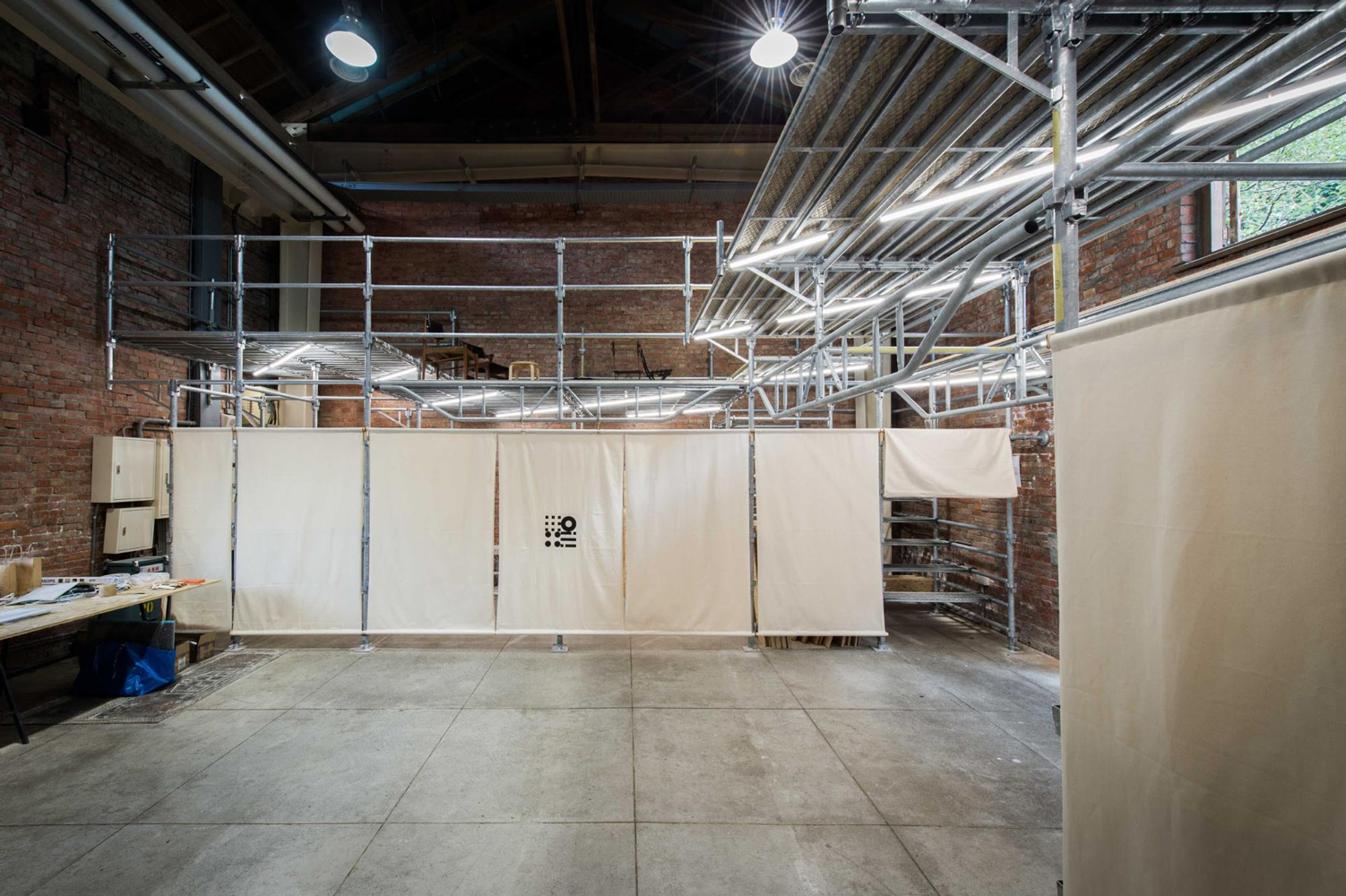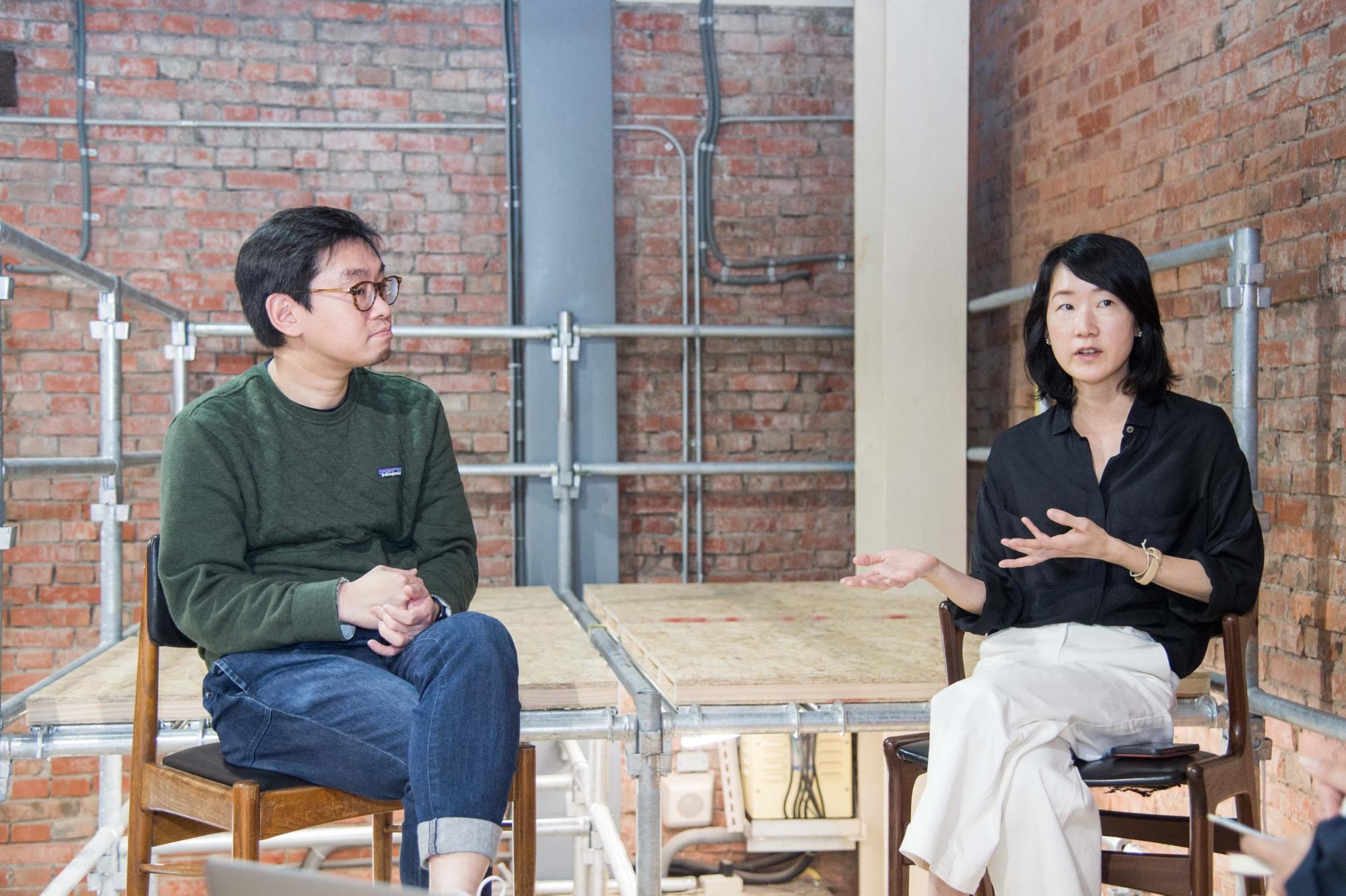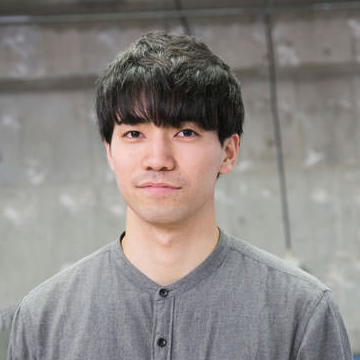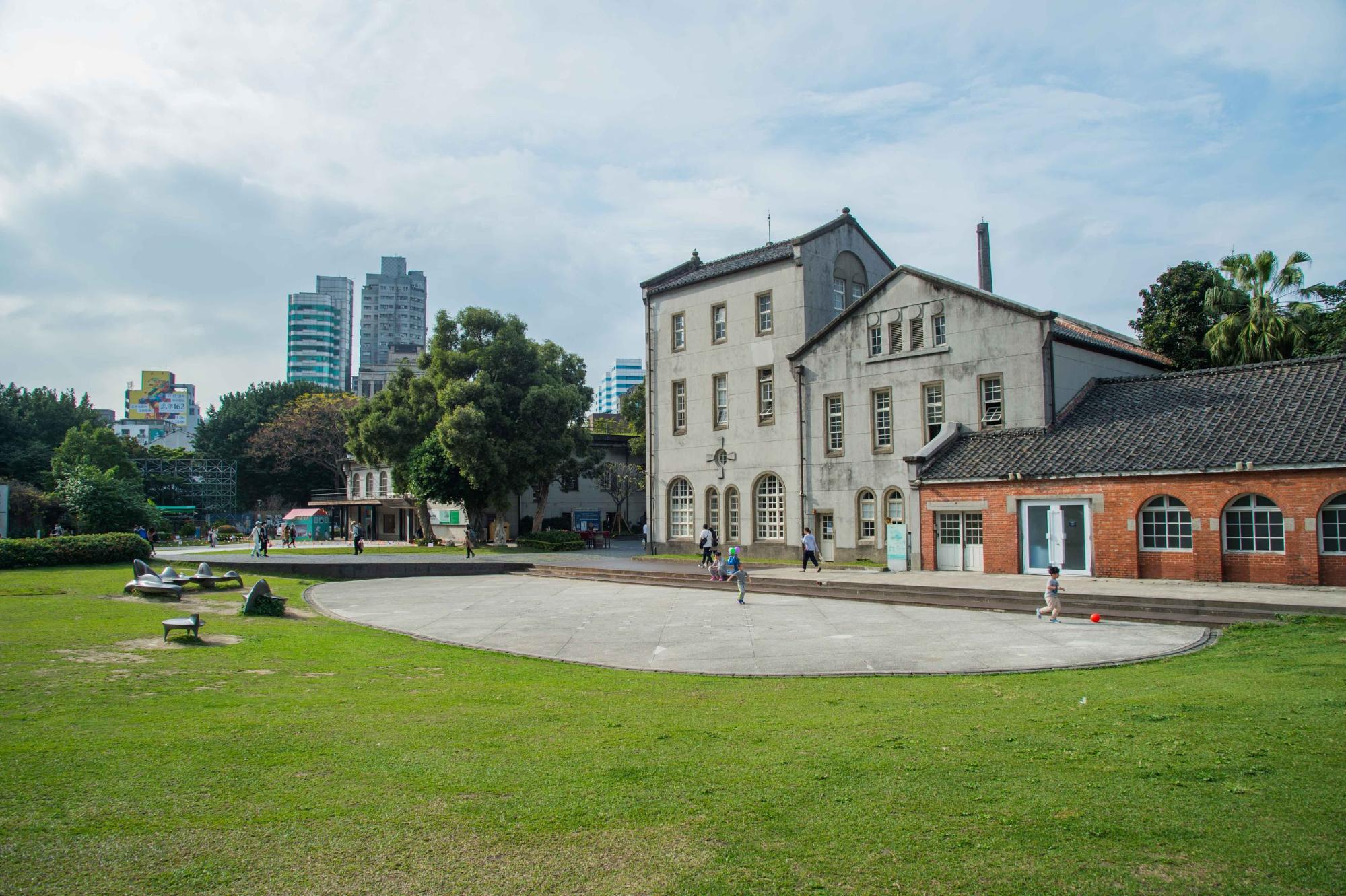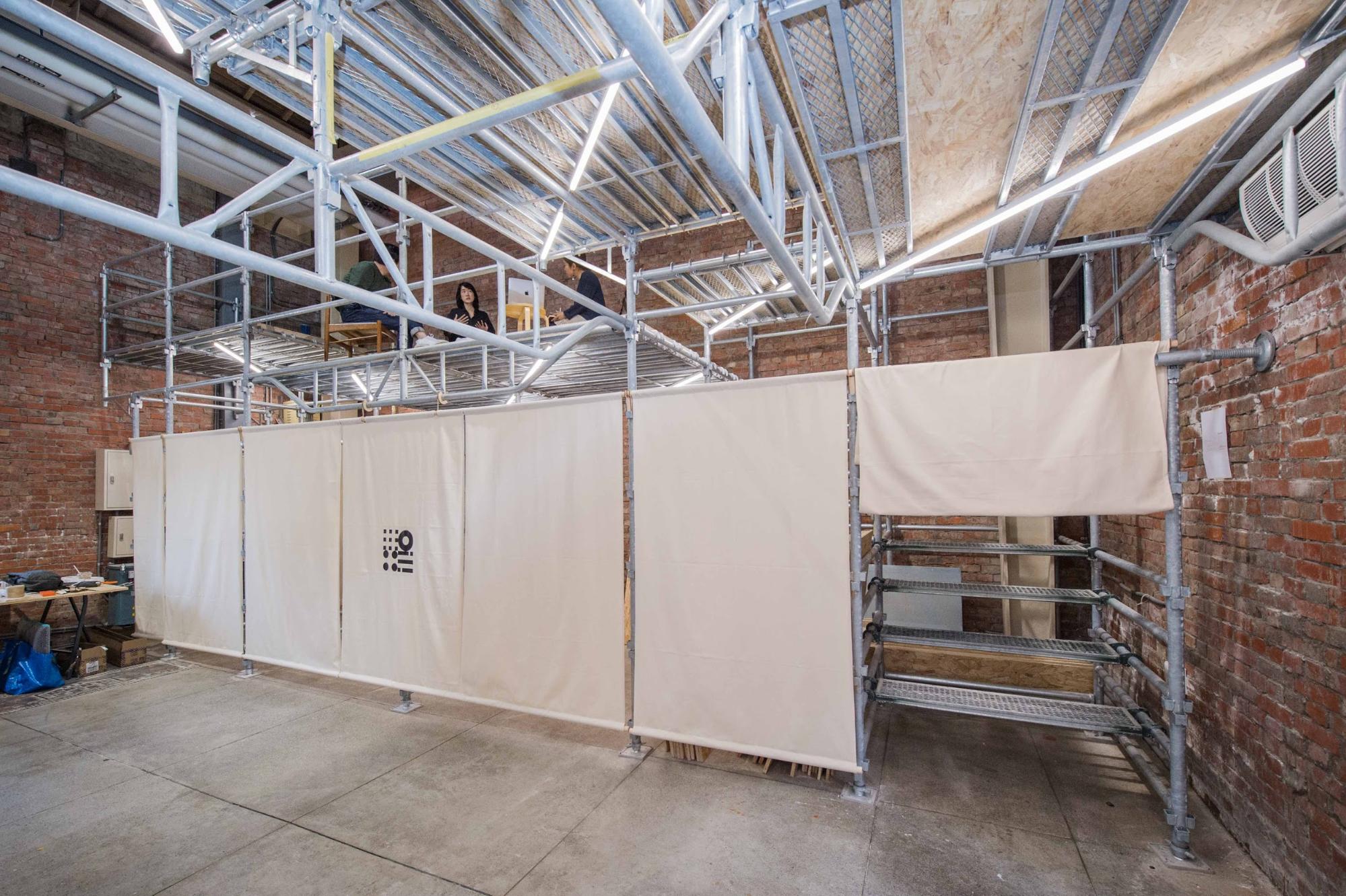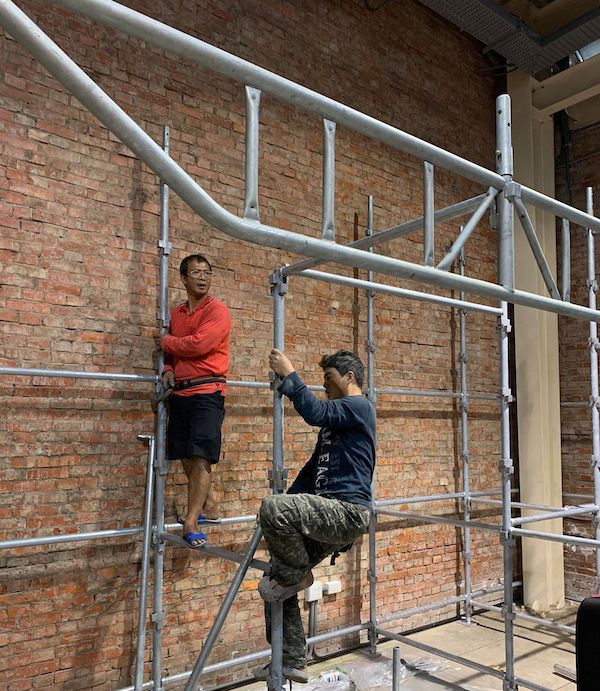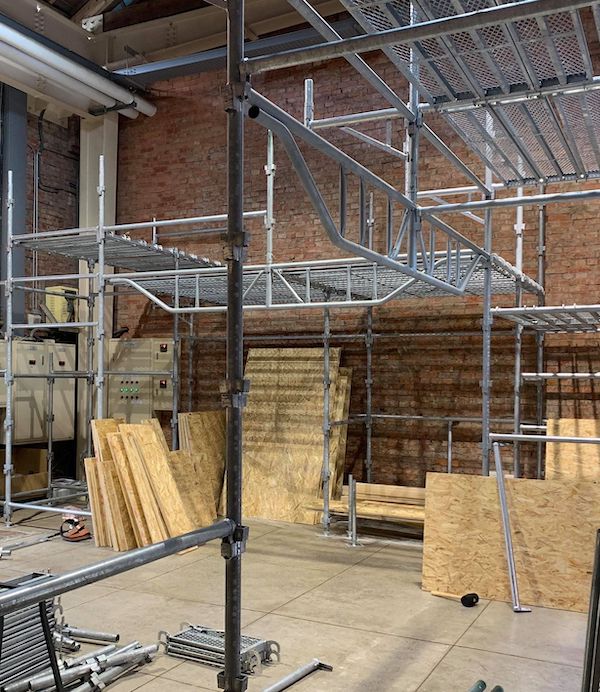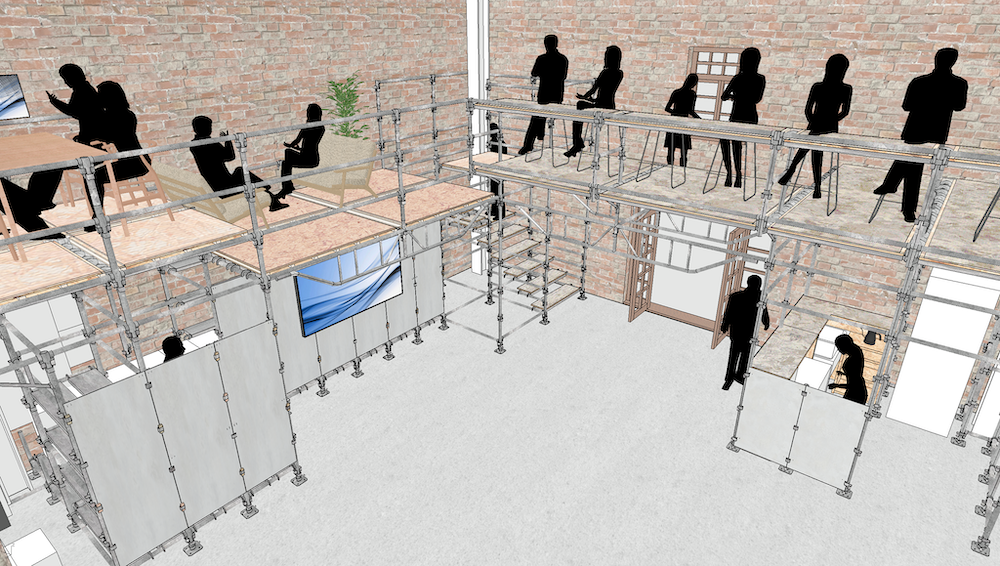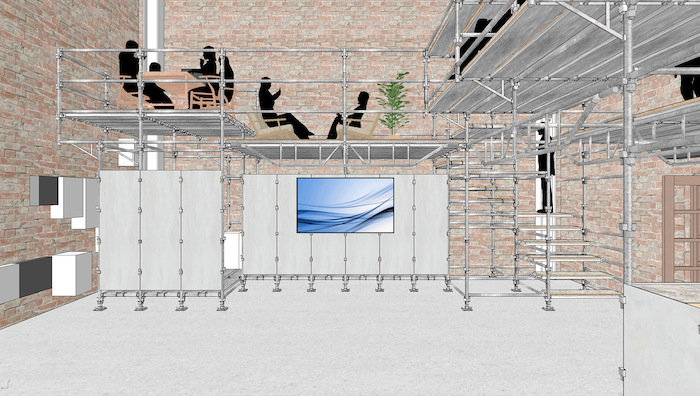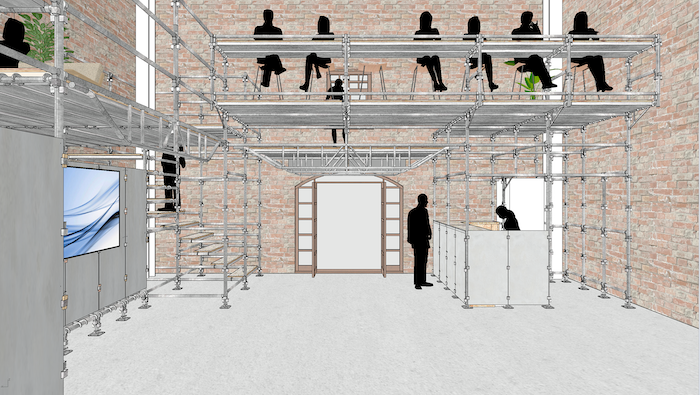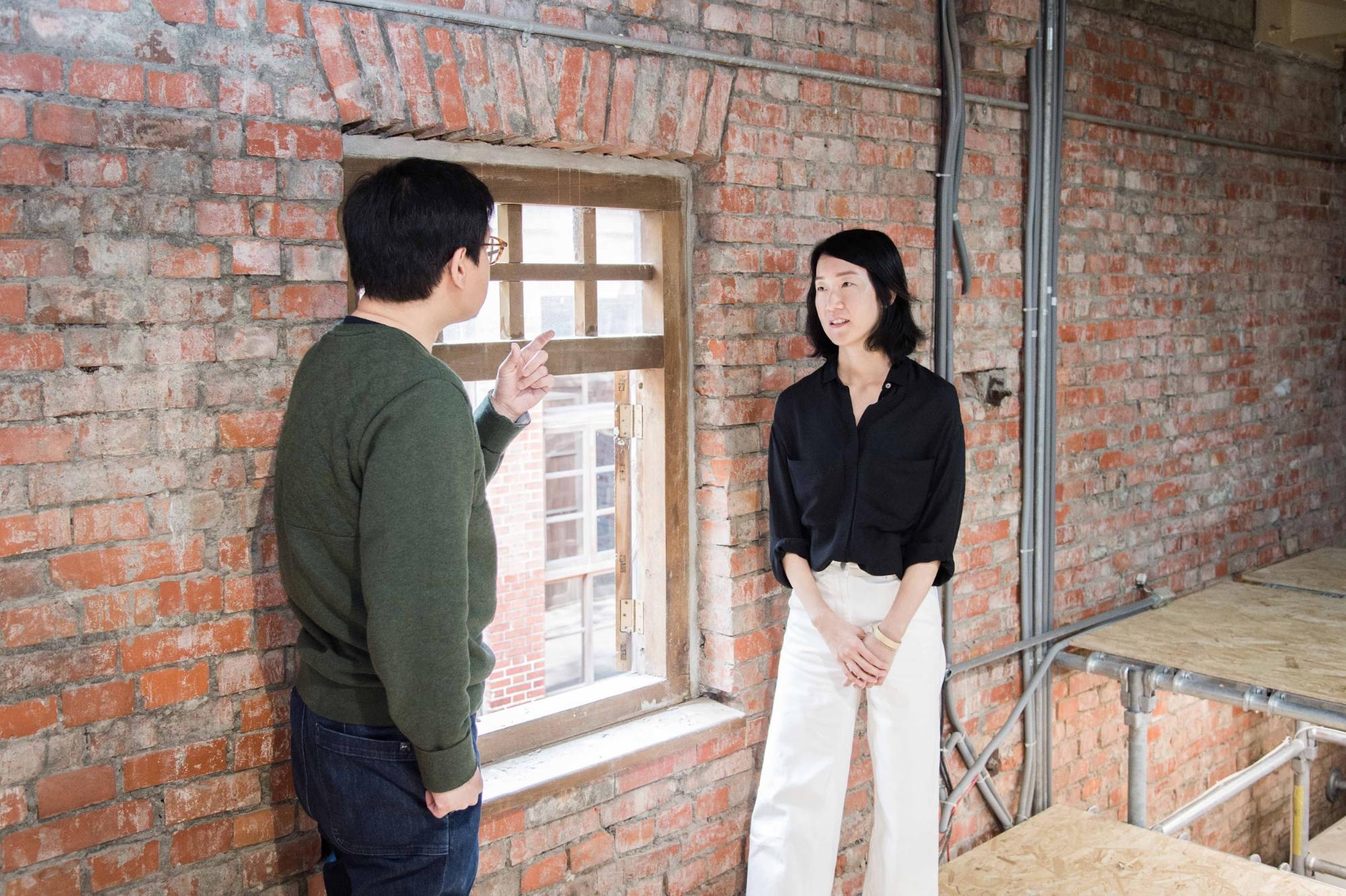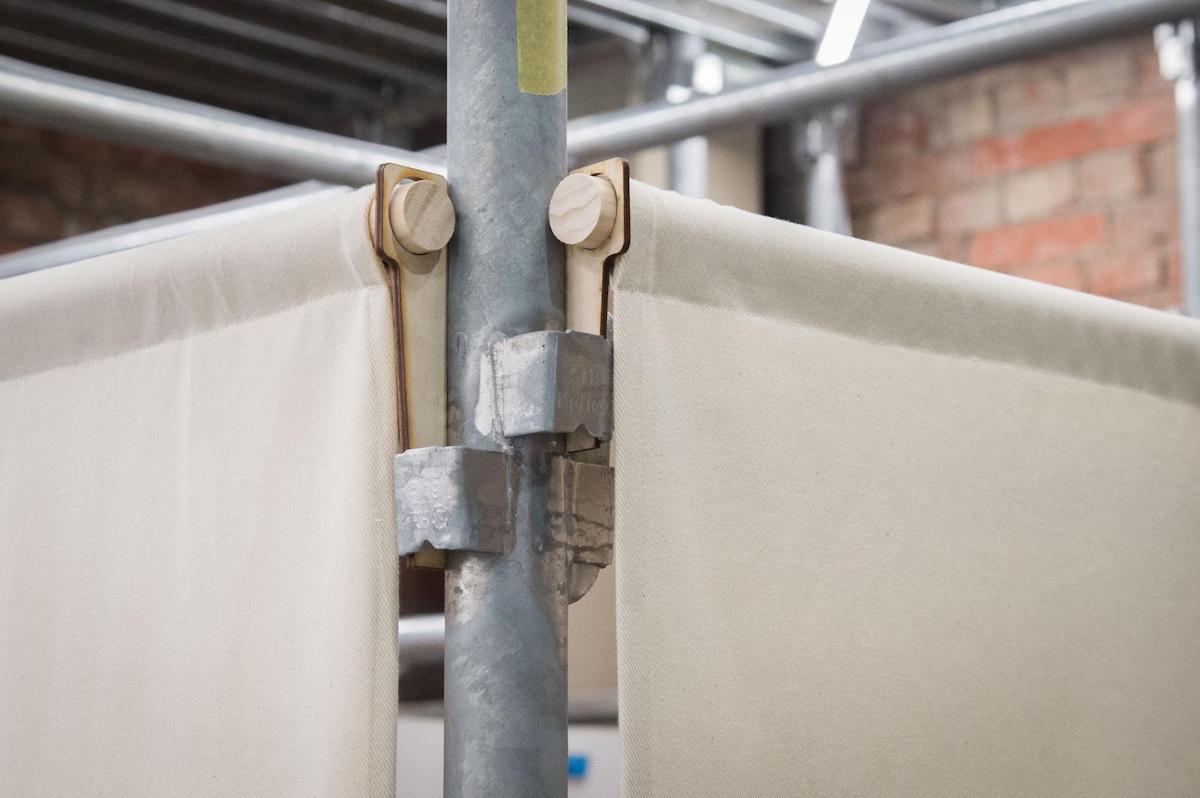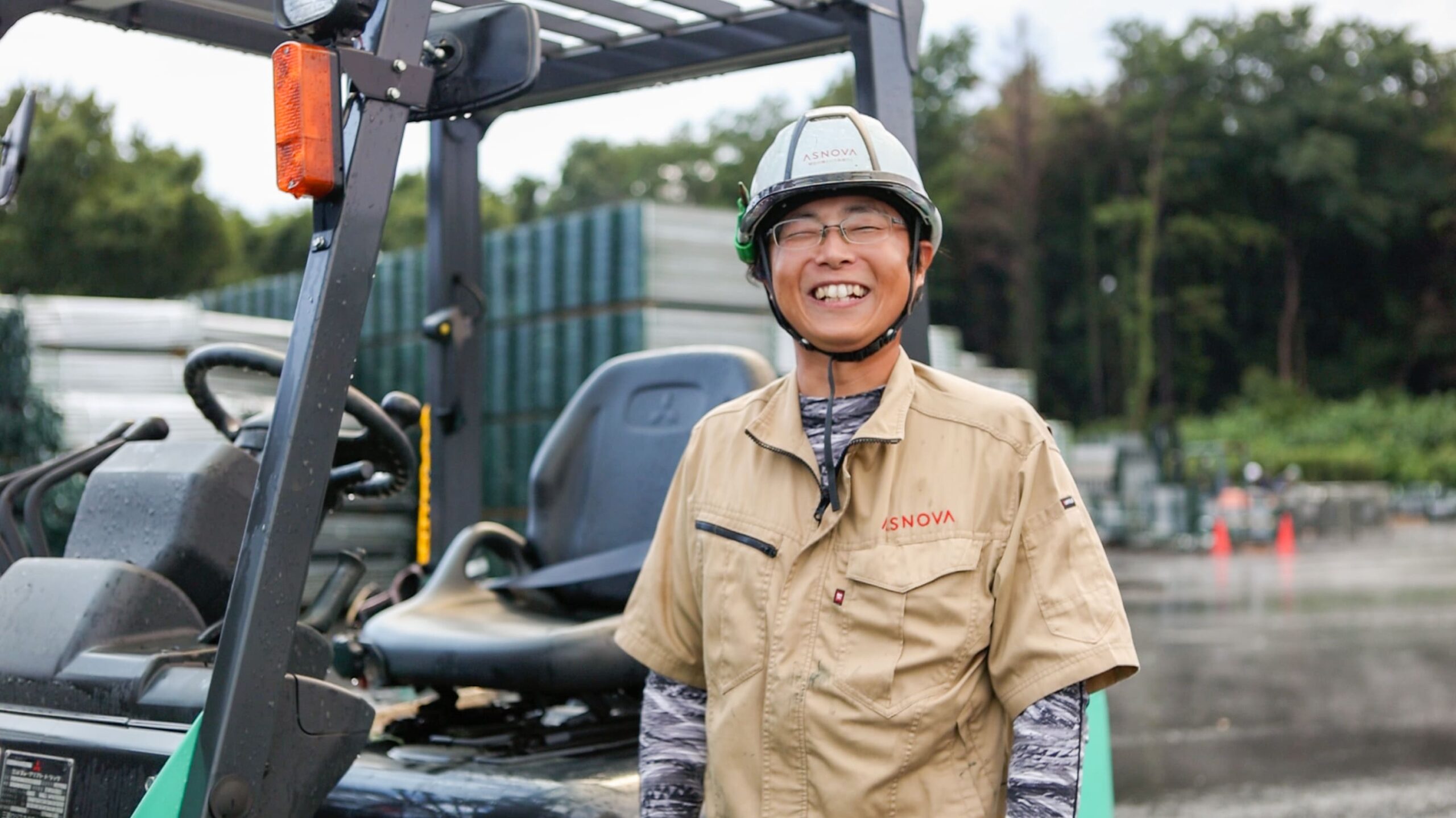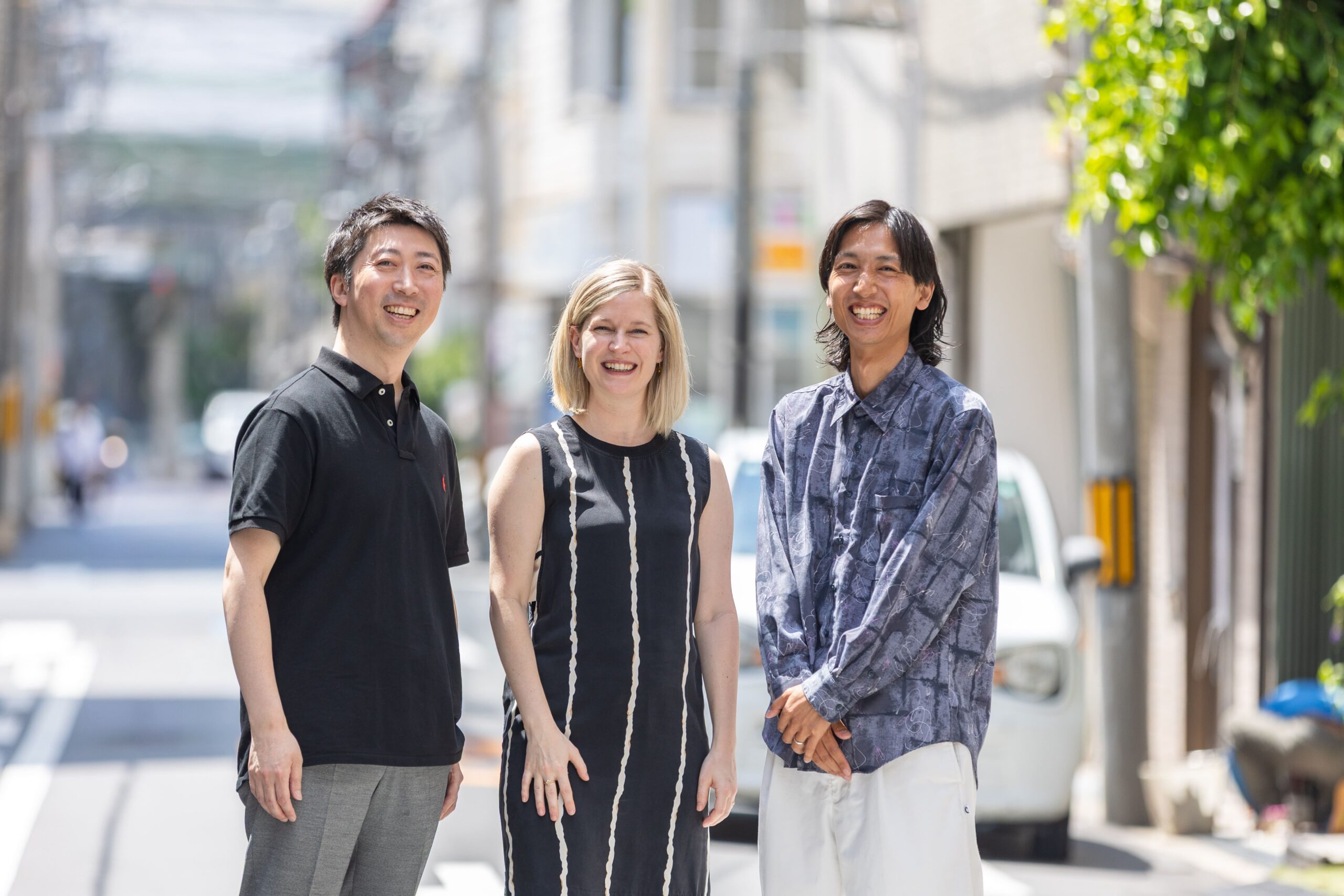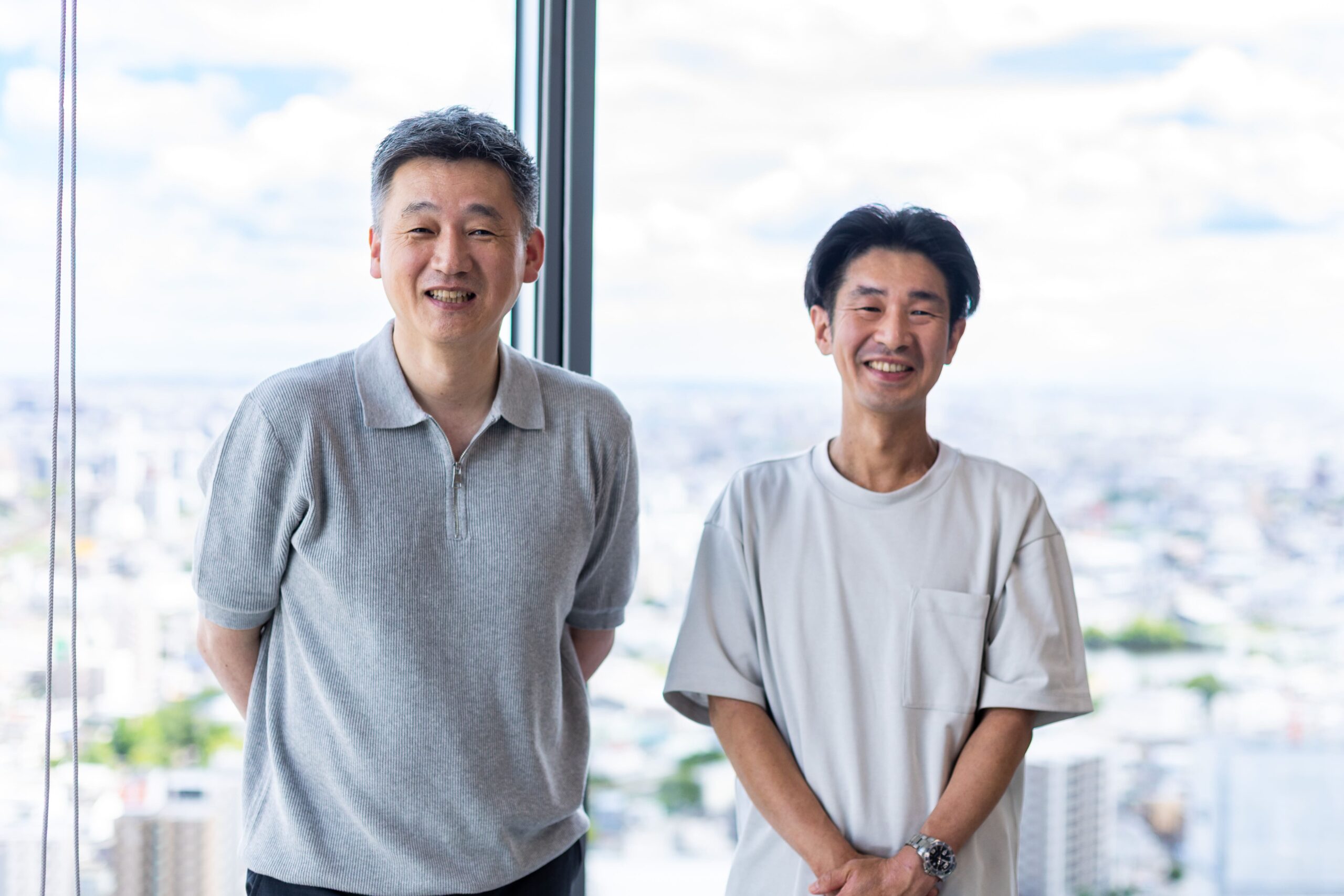オフィス空間のテーマは 「永遠に進化し続ける」こと
インタビューに答えてくれたのは、ロフトワーク台湾ファウンダーのTim Wongさん、華山1914を運営する台湾文化・創造開発株式会社会長の特別アシスタントを務めるEmily Wangさん、そして今回のオフィス設計・施工を担当したstudio archē代表の甲斐 貴大さんの三人。
取材は完成間近のロフトワーク台湾新オフィスにて行われ、甲斐さんへは日本からリモートでの参加となった。
写真左:Tim Wongさん、写真右:Emily Wangさん。
オフィス設計・施工を担当した甲斐さんは日本からリモートで参加。
まもなく新オフィスの完成ですね。今回のリノベーションはどういった背景で行われたのでしょう。
Tim:もともとあったロフトワーク台湾に、ユニークな素材をテーマにした「マテリアル」を融合させた拠点を作りたいと思ったことです。このほか「華山1914」にはもともと、我々がグローバルなクリエイティブコミュニティとして展開しているデジタルものづくりカフェ「
FabCafe Taipei 」がありましたので、これらがすべて華山で集うことになりました。
「華山1914」は象徴的な赤レンガの建物が立ち並ぶ、巨大なアート・イベント空間。台湾のクリエイターたちによる、クリエイターのための場所だ
3Dプリンターやレーザーカッターが使えるデジタルものづくりカフェ「FabCafe Taipei」。現地のクリエイターだけでなく、観光客も多く訪れる。
「華山1914」を選ばれたのには、どのようなお考えがあったのでしょうか
Tim:ここはクリエイティブパークですから、コンテンツを作るのにふさわしい場所です。そこに、各領域のプロフェッショナルが自由に出入りでき、出会いからコンテンツが生まれるオープンオフィスを作りたいと考えて「華山1914」へ提案しました。 自分もEmilyも海外で建築を学んでいるので、新しい考え方を台湾へ持ち込めると思いました。
Emily:私たち「
華山1914 」は、「會(meet up)」「演(Performing)」「展(Exhibition)」「店(Shops)」という四つのテーマで、「文創(文化創意)」が生まれる場をプロデュースしています。その中では「本来出会うべきだった人々が出会うこと」も大事にしていますので、ロフトワーク台湾の取り組みにも注目しています。
華山1914には、劇場や飲食店からオフィスまで集まり、様々な人々が行き交う。
今回の新オフィスのコンセプトは?
Tim:ずっと進化し続けることですね 。これについては甲斐さんと何度も話しました。ロフトワーク台湾の事業内容も、核は変わらなくても常に変化し続けているからです。さらにこの空間で頻繁に展示会やイベントを開催するという機能もあります。 違う領域のプロフェッショナルたちの出会いを支援できる空間 でありたいと思っています。
甲斐:オフィス機能に加え、展⽰会やイベントなど、空間の使われ⽅が多様であることから、「竣⼯で完成させず、使い⼿が空間をアップデートするための下地 を作ろう」と思って臨みました。
もともとカンフル(樟脳)生産工場として利用されていた歴史的建造物であるため、建物に傷をつけることができない。また天井までも高さがある特殊な空間を、足場で2フロアに分けることにより、スペースを有効に使うことができる。
高さのある空間を、2フロアに区切られていますね。
Tim:高さを活かした構成にしたいと思いましたが、歴史的建造物なので、手を加えるのにたくさんの制限がありました。 建築部材として使われる「足場」を使うことで2フロアの構造へと調節することができました。 また、月に3〜4回は展示やパーティなどのイベントを開催する予定なので、1フロアでは成り立たないと思ったのも理由のひとつです。
甲斐:「華⼭1914」には公園もあり、外部空間の居⼼地がとても良かったので、さまざまな過ごし⽅が考えられると感じました。⼈々が公園で思い思いに居⼼地の良い場所をみつけて腰掛けるように、⾼さや素材など、質の異なる場所を⽤意しています。
2フロア構造にする際、「足場」を取り入れようと思ったきっかけは?
Tim:構想をロフトワークCEOの諏訪に話したら、紹介してくれたのが「株式会社ASNOVA(アスノバ)※」の足場でした。
※ASNOVAはクサビ式足場を中心に仮設機材の「レンタル・販売」サービスを提供している会社。足場のレンタル・販売事業を軸に新たな価値を生み出し、建設業界から街に息づくすべての人の生活を支えることを目指している。
甲斐:「ASNOVA(アスノバ)」さんの⾜場はくさび型で、クランプを使⽤する単管⾜場に⽐べて設計も組み⽴ても容易 でした。また、単管⾜場だとジョイントの位置を変えるごとに強度などの構造計算が必要ですが、くさび型だと決められたピッチでワンスパンごとの耐荷重が決まっているので、強度への不安がありません。今回は、使⽤するパーツをすべてモデリングして3D化 しています。こうすることで、Timはじめロフトワーク台湾のメンバーが、必要な機能を必要なときに、⾃分たちでアップデートできるようになります 。
イメージパース
二階部分は部分的に高さの違いがあるんですね。
Tim:わざと違った高さを出すことで、異なる機能が生まれるようにしました。低いところに座ったり、立って壁に寄りかかりながらおしゃべりしたり。
写真奥の方が少し高くなっている。歴史建築だから制限はあるものの、足場で高低差を自由に付けられることにより、窓をふさぐことなく使うことができた。
どのような方たちがこの場所を使うのでしょう。
Tim:現在8名いるロフトワーク台湾のスタッフと、外部のパートナーたちですね。 日本のロフトワークはウェブサイトを扱うことが主流ですが、台湾ではオンラインとオフラインをどのようにつなげるかというビジネスやサービスのデザインへのニーズが高いです。 現在は主に、台湾産業の再構築をしています。そんなオフィスですから、見た目だけの美しさではなく、常に進化していることを大切にしたいと考えた時に「ASNOVA(アスノバ)」には新しい可能性を感じました。 そして私たちが「ASNOVA(アスノバ)」にお返しできるのは、従来とはまた違った可能性を見つけたこと。 足場はオフィスだけでなく、展示会のような異なる空間でも活躍します。
足場とレーザーカッターで作成した木材のパーツを組み合わせて、簡易的にバーテーションを作っている
Emily:繰り返し使えて、環境に優しい という良さもありますよね。 「華山1914」では大小さまざまな規模のイベントが一年中開催されているので、毎回展示やイベントが終わった時に大量のゴミが出ます。それに問題意識を持ち、リサイクルできる材料で展示を作ったことがあります。
現代にマッチしていますよね。コストダウンにもつながります。
甲斐:台湾の方たちは本当にフットワークが軽くて、文化的なものに対する熱量が高い と感じました。半年後くらいにどのように使われているのか 興味があります。
Tim:理念が通じる異業種のプロフェッショナルたちが交わる場所になっていくと思います。楽しみにしていてください。
建築部材として使われる「足場」を使うことで2フロアの構造へと調節することができました。
Tim
取りあえず出してみて、手を動かしながら引き続き考える
経済も法律もどんどん変わっていく台湾では「完璧にしてから市場へ出す」というより、「取りあえず出してみて、手を動かしながら引き続き考える」いった考え方の方が主流だ。いかにも台湾らしいオフィスのコンセプトに、順応性の高いくさび型足場がぴったりフィットしていた。この空間からどのような台湾のサービスやビジネスが生まれてくるのかにも注目したい。
『POP UP SOCIETY』とは
『POP UP SOCIETY』は、一般の方に業界への興味を持ってもらい、中長期的に建設仮設業界の若手人材不足に貢献することを目指し、ASNOVAが2020年3月から2022年3月まで運営してきた不定期発行のマガジンです。
仮設(カセツ)という切り口で、国内外のユニークで実験的な取組みを、人物・企業へのインタビュー、体験レポートなどを通じて紹介します。









